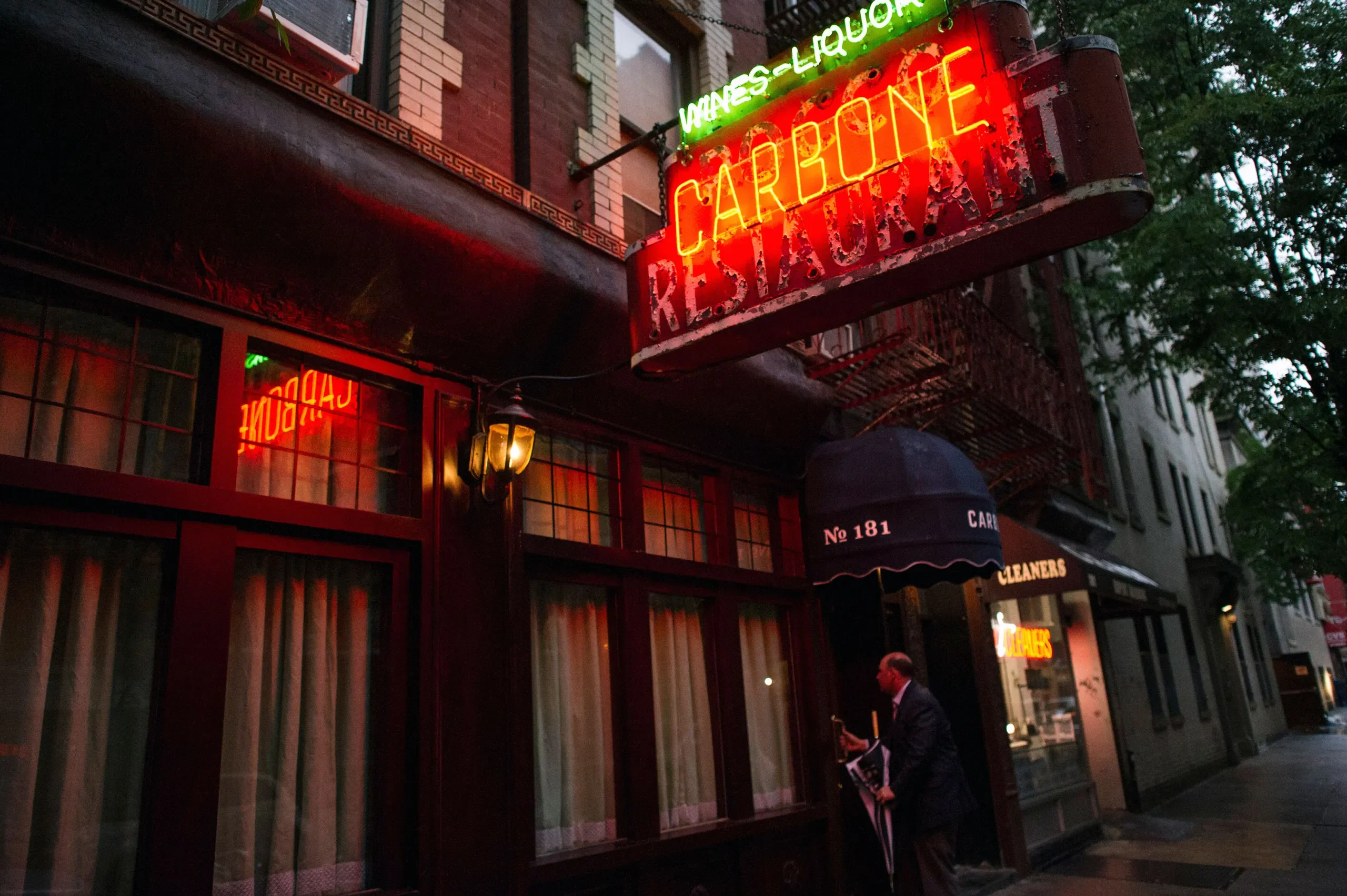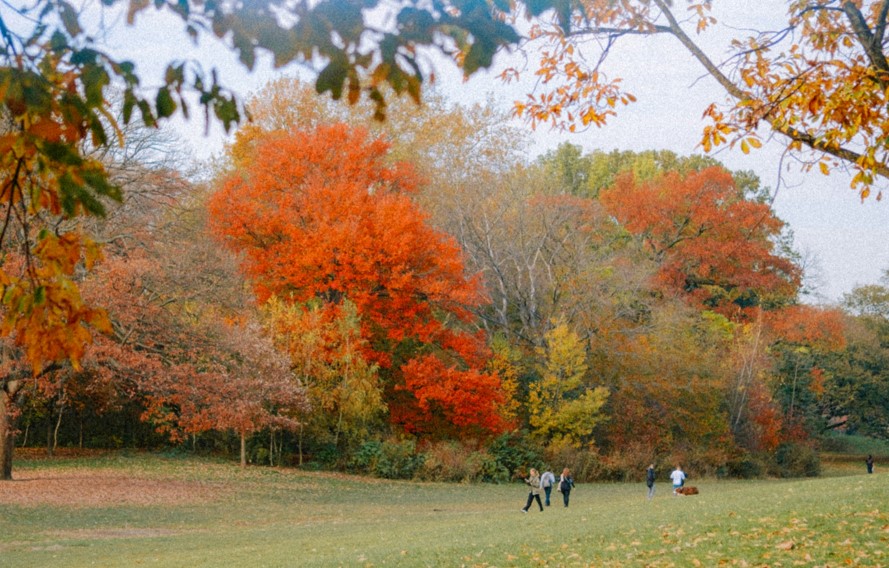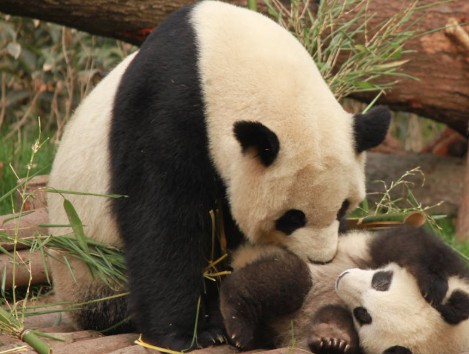
Journey Through the World’s Old-Growth Forests
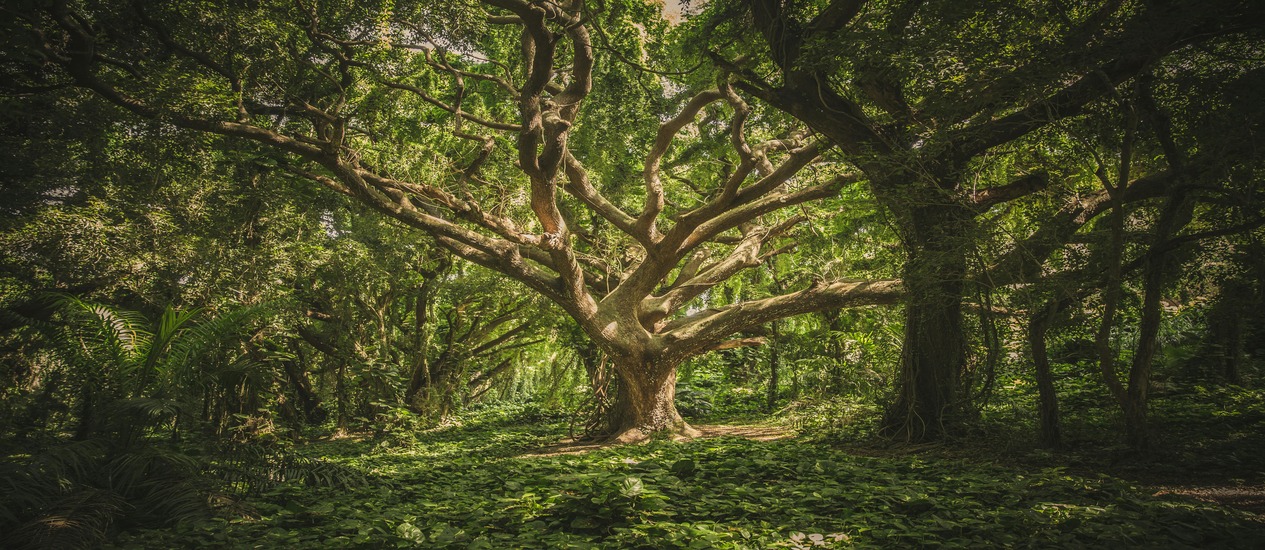

“The forest is not a resource for us, it is life itself. It is the only place for us to live,” said Evaristo Nugkuag Ikanan.
I’ve been thinking about this quote since moving to the outskirts of San Francisco. Here, everywhere you turn there’s another gigantic tree, looming above everything and looking older than the ages.
Despite the city’s crowded, cosmopolitan energy, this is truly a tree’s city — the trees loom over everything, spreading their moss-covered branches far above every one of our small human affairs. Here, the trees and forests seem profoundly alive, and when you actually get out into the woods, they seem infinite.
Perhaps the trees here look so wizened and all-knowing because many of them are simply very, very old. California is home to many old growth forests — though the state’s percentage of old growth forests has declined from 9.5 million acres to 2.5 acres since 1940, according to a 1992 U.S. Forest Service study.
This is a pattern across the world. A recent study found that between 1900 and 2015, we lost more than one third of the world’s old growth forests, largely due to increases in deforestation and climate change. To understand how much of a loss this is for humankind, let’s take a closer look at some of the world’s oldest trees.
What is an old growth forest?
There is no one universal definition for what an old growth forest is. Environmentalists in the 1970s originally defined old growth forests as resilient, biodiverse forests that have survived for over 150 years without too much human interference.
Today, they are also sometimes defined as forests with large trees that have been allowed to grow undisturbed by humans, and they are also sometimes simply understood to be forests that are very, very old.
Sometimes referred to as primary forests, ancient forests “have qualities not held by secondary forests, young re-growth forests, and plantation forests: they hold more biodiversity, store more carbon, and deliver better quality fresh water,” according to Griffith University scientist Brendan Mackey. “They are also home to indigenous peoples, their traditions and sustainable livelihoods.”
Old growth forests are generally some of the most complex and biodiverse ecosystems on the planet. Often home to endemic species (AKA species only found in one place on Earth), old growth forests tend to host unique kinds of life that cannot exist anywhere else. An old growth forest is a giant ecosystem, hosting and relying on a complex network of pollinators, microbes, fungi, animals, and so much more.
The lack of a singular definition for old growth forests has made it difficult for global conservation organizations to come together and determine policies that would ensure these forests’ preservation. This is a problem, because old growth forests are facing tremendous threats.
An estimated 1.1 billion hectares of old growth forests still exist on Earth, comprising 36% of the world’s surviving forests; nearly two-thirds are found in Brazil, Canada, and Russia. 80 million hectares of old-growth forests were lost between 1990 and 2020, an unsustainable rate of destruction. Most of this deforestation is driven by cattle, oil palm, and soy industries.
How old growth forests fight climate change and ensure human survival
Regardless of the parameters you use to define them, one thing is for certain: Old growth forests are invaluable to human survival. Old growth forests are often described as carbon banks because of the amount of carbon dioxide they tend to capture, holding toxins in their soil and trunks.
During photosynthesis, old growth forests swallow carbon dioxide in order to grow, releasing oxygen along the way. As trees age, they lose their leaves, which in turn dissolve back into the Earth, meaning that all the carbon stored in those leaves gets transmitted into the soil, where it serves as nourishment for new trees.
This means that old growth forests are far more advanced carbon capture technologies than us humans have ever been able to innovate. Because of this, they’re some of our best weapons against climate change.
In addition to their importance in fighting climate change, old growth forests provide direct livelihoods for an estimated 1 billion people.
A journey through old growth forests around the world
So where are the world’s remaining old growth forests? Here’s a window into some of the more mystical and awe-inspiring old growth forests around the world. While many of these forests have been decimated by deforestation, making them less effective at carbon capture than they may have been if left undisturbed, many of them are some of our greatest weapons against ecological disaster. They’re also just really, really beautiful.
1. California’s Ancient Bristlecone Pine Forest
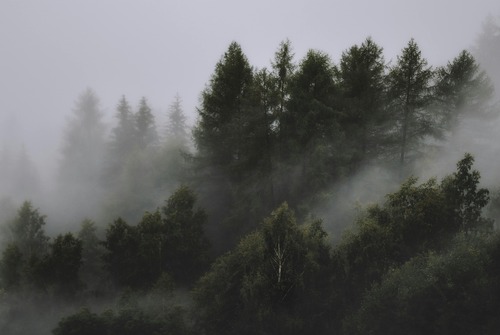
Bristlecone Pine
Located near the Sequoia National Forest, California’s Bristlecone Pine forest is found 10,000 feet up California’s White Mountains. These trees are some of the oldest in the world, with some dating up to 5,000 years old. Their distinct swirled trunks and the almost Martian desert landscape gives this forest a sense of surreality.
2. Avenue of Baobabs, Madagascar
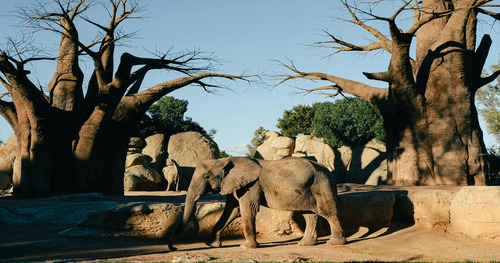
Avenue of Baobabs
The island of Madagascar is home to the last remnants of the unforgettable Baobab trees. With their giant trunks and skyward branches that look like roots, these trees can live for 1,000 to 3,000 years.
3. The Tarkine, Tasmania, Australia
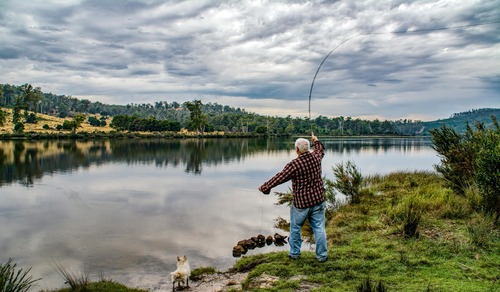
Tasmania Tarkine Rainforest
Tasmania’s Tarkine Rainforest is the second-largest temperate rainforest in the world; it is also home to the great Huon pine, an organism that can live up to 3,000 years. This massive forest, which is also home to unique creatures like the Tasmanian Devil, is a window into what the world might have looked like long before humans ever walked on this Earth. Unfortunately, the forest is also one of the most threatened natural wonders in the world.
4. Yakushima, Ōsumi Islands, Japan
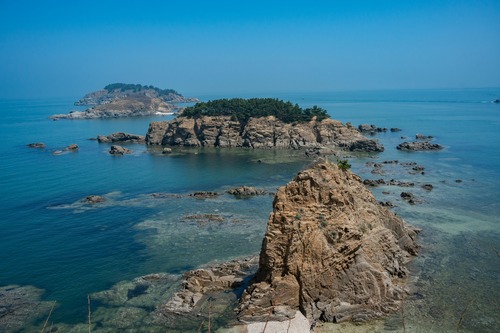
https://en.japantravel.com/kagoshima/yakushima-island/1860
Japan’s Ōsumi Islands are home to one of the most diverse old growth rainforests in the world. The island of Yakushima hosts over 2,000 unique species as well as a tree called the Japanese cedar, which can live up to 3,000 years. The forest may be home to one of the oldest trees in the world, a Japanese cedar known as the Jomon Sugi, which is thought to be over 7,000 years old.
5. Tongass National Forest, Alaska
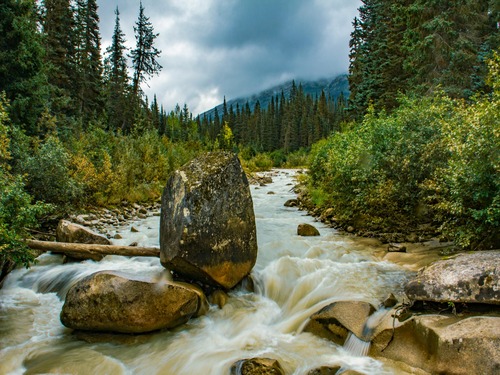
Tongass National Forest
Alaska’s Tongass National Forest is the United States’ largest old growth forest. At nearly 17 million acres, the forest is full of trees that may be over 800 years old, as well as wildlife including wolves and grizzly bears.
6. Bialowieza Forest, Poland and Belarus
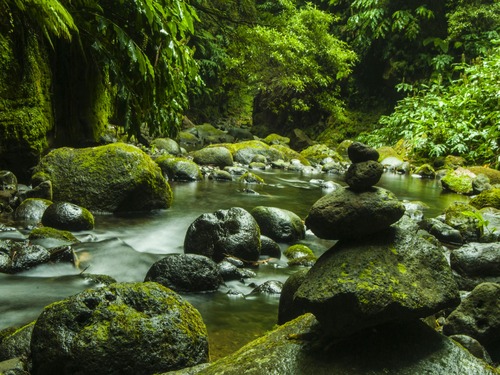
Bialowieza Forest
This forest, which spans Poland and Belarus, is one of Europe’s last primeval forests. Rich layers of fungi, wildflowers, and abundant trees make this an unforgettable window into Earth before humans; some of it has remained undisturbed since the Ice Age.
7. The Amazon, Brazil and Peru
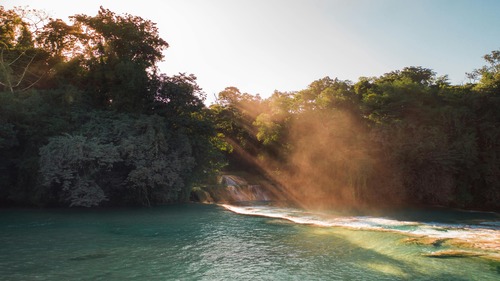
Amazon Rainforest
We Plant Foundation
The Amazon Rainforest is a 55-million-year-old behemoth that is also the world’s largest rainforest. It’s home to countless indigenous tribes who live completely detached from the developed world, and it’s also home to unbelievable biodiversity. It’s also been a tremendous carbon sink, at one point responsible for absorbing nearly a quarter of all the CO2 absorbed by forests.
Unfortunately, thanks to relentless illegal deforestation, mining, and other interferences, the forest may now be a net contributor to greenhouse gas emissions. Complex political negotiations are now at play regarding the forest’s fate, but one thing is for certain: The more the forest disappears, the more carbon emissions will choke the atmosphere.
